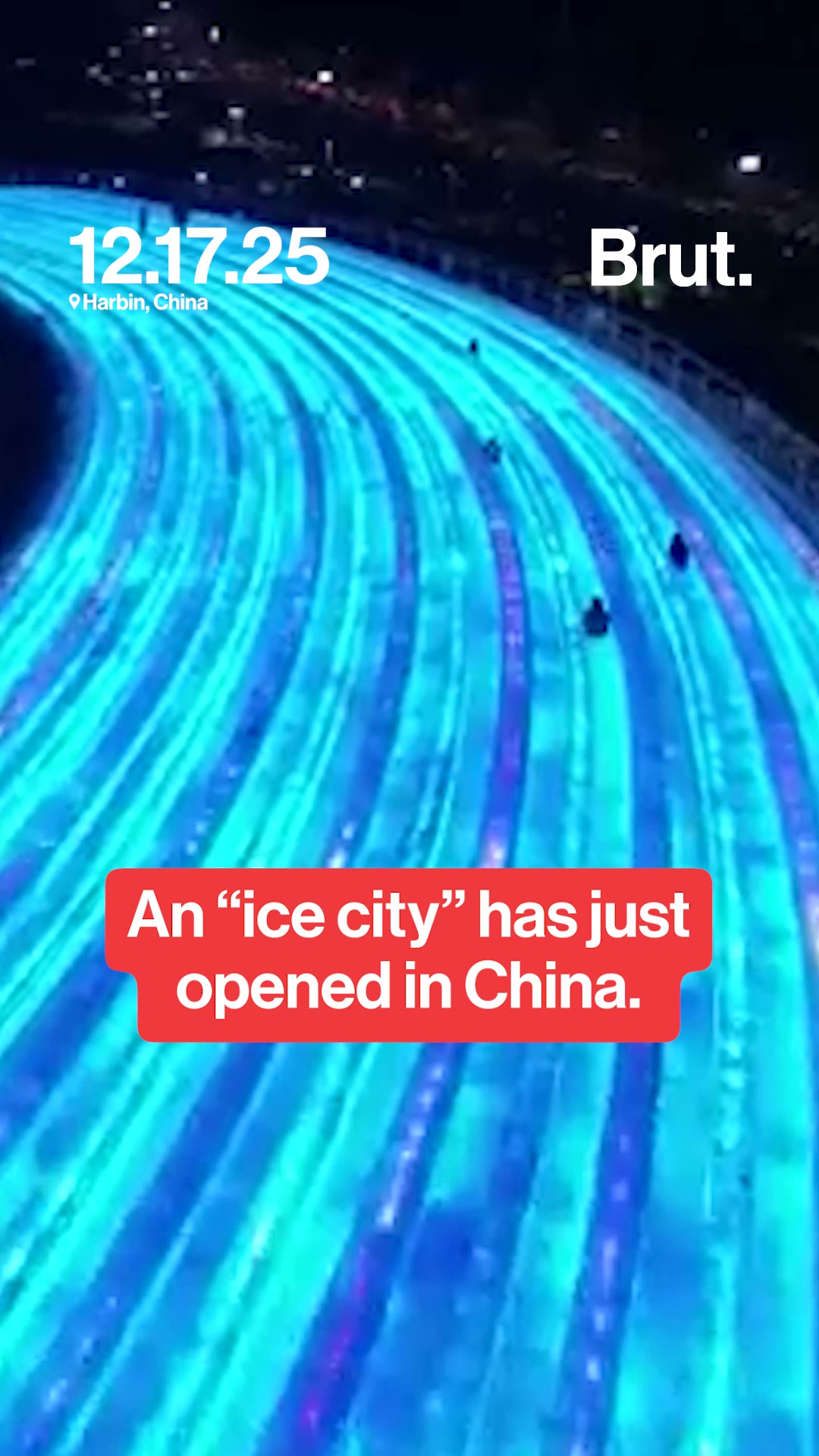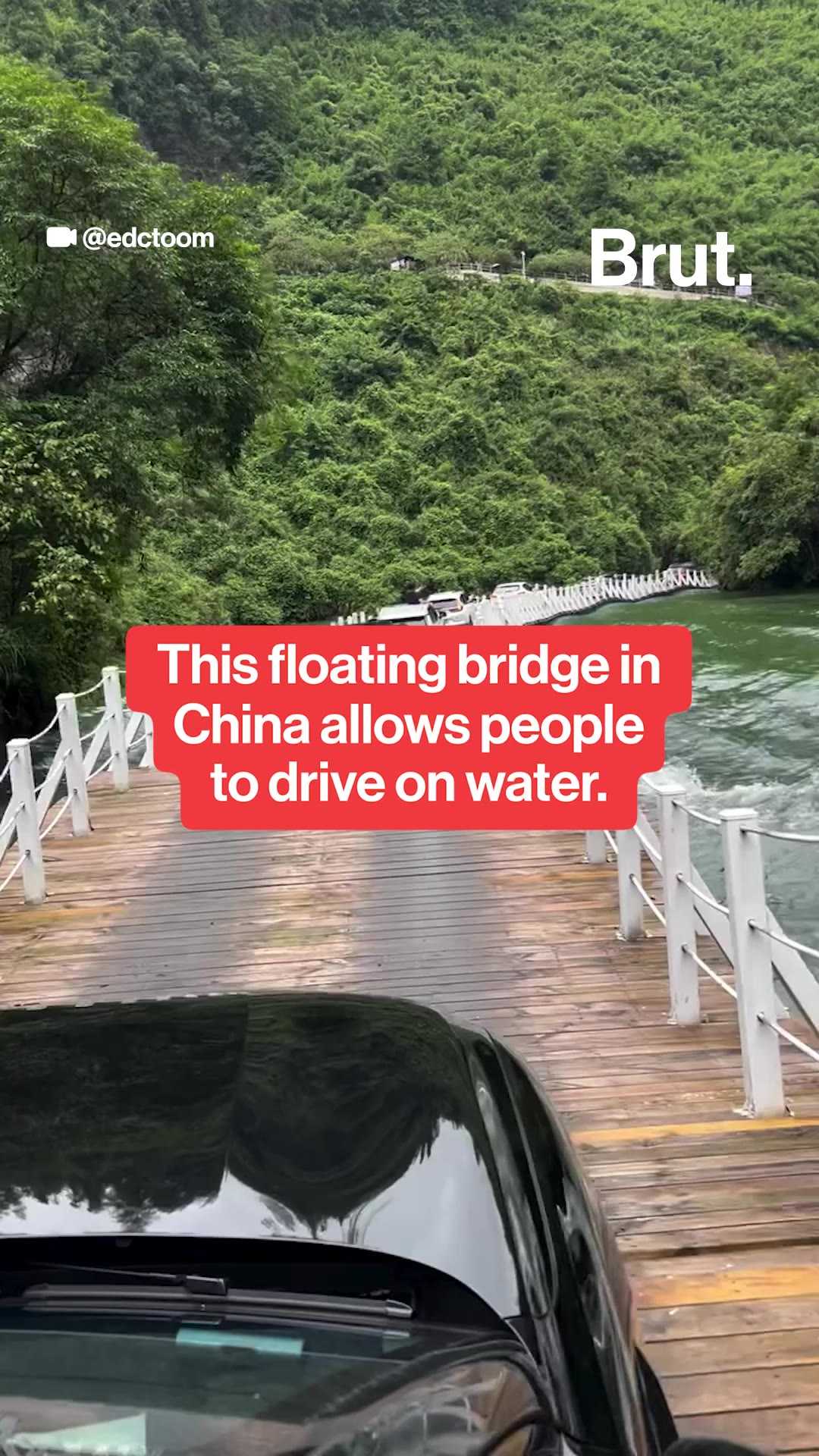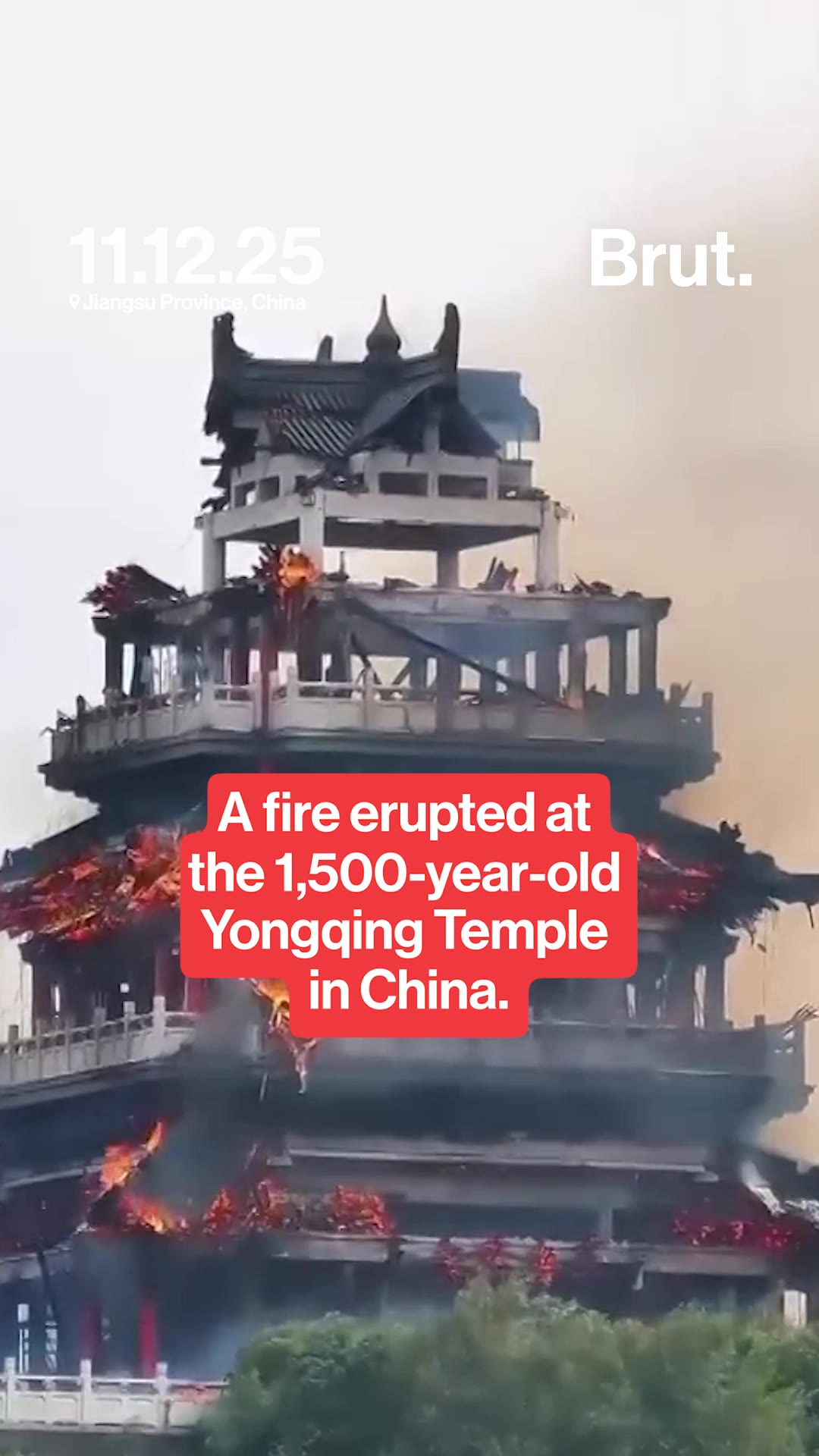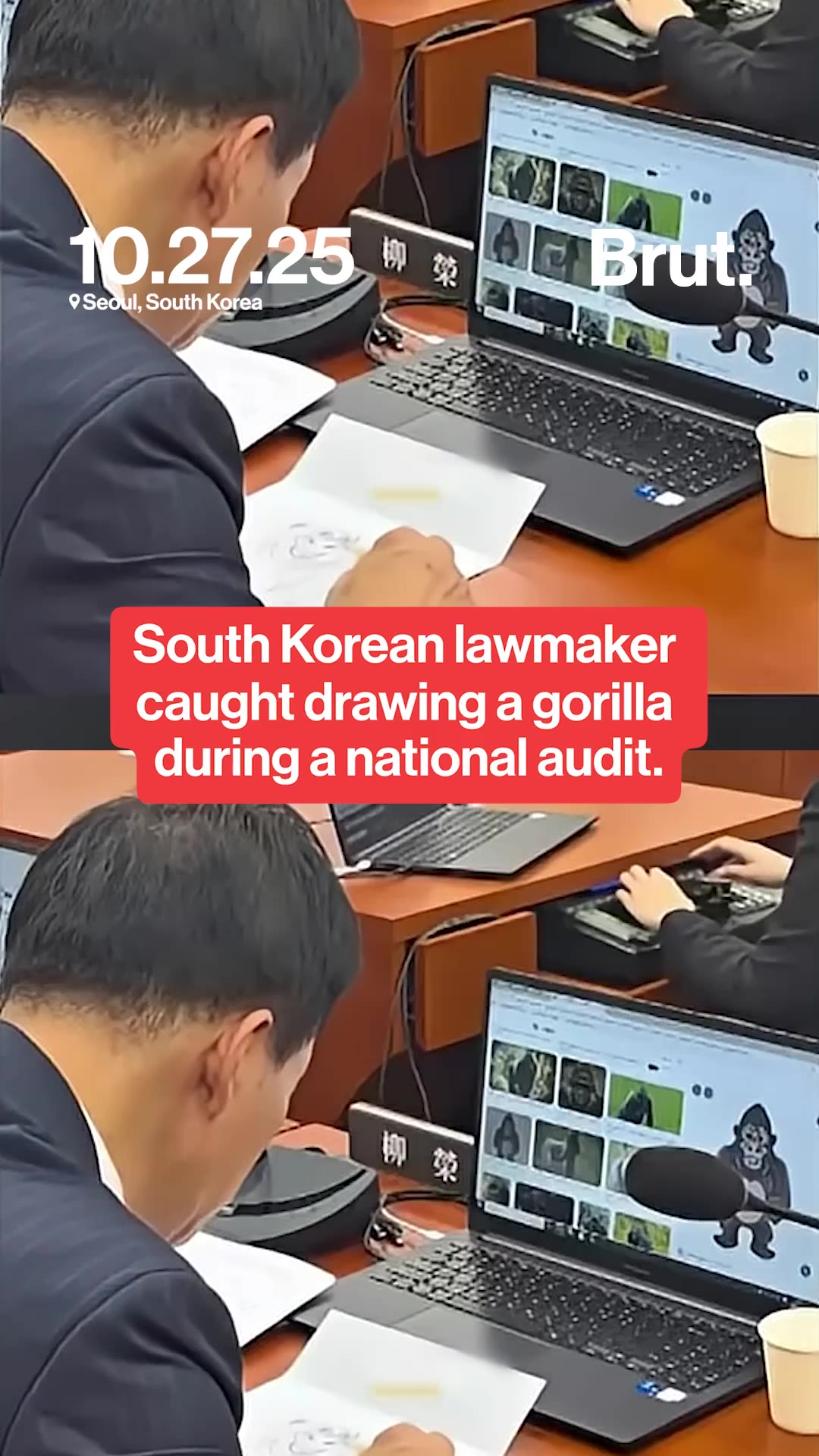How tattoos are made around the world
Different types of tattoos around the world
Tattoos are stigmatized for their association with organized crime gangs: the Yakuza. Tatsuya Shindo, a former yakuza member, explains to Brut, “Tattoos are important for yakuza because it's the way of showing their decision to live in the yakuza community.” Anyone with tattoos find themselves banned from some gyms, public swimming pools, and traditional bathhouses. It is not uncommon for the Japanese to associate tattoos with being scary and dangerous because of the history of Yakuza.
They are called Tā moko and are an integral part of the Maori culture. They portray the wearer’s genealogy, knowledge, and social status. Because Maori considered the head to be body’s most sacred part, they focused heavily on facial tattoos.
They could be "hand-tapped” on the skin, as the Paiwan tribe— the second-largest indigenous group in Taiwan— would do.
In Africa, Pakistan, India, and the Middle East
They are made with dye from the henna plant and are traditionally used for celebrations. Indian henna tattoos feature fine lines and floral patterns. Arabic henna tattoos are larger in scale. African henna tattoos are bolder and more geometric.
They are called tatau. and the word “tattoo” is said to originate from the Samoan word. It’s considered a rite of passage. Stainless steel tools are used to carve the tattoo into skin.
“It's a rite of passage. You are transitioning to manhood. It's a commitment of your responsibilities in the Samoan society.”, a local resident reveals. The women’s tatau— the malu — covers the legs from below the knee to the upper thighs with delicate designs. The men’s tatau is the pe’a. It covers the body from waist to the knees. This design often consists of straight lines, geometric shapes, and large blocks of black ink.
Brut.
How tattoos are made around the world
Different types of tattoos around the world
Tattoos are stigmatized for their association with organized crime gangs: the Yakuza. Tatsuya Shindo, a former yakuza member, explains to Brut, “Tattoos are important for yakuza because it's the way of showing their decision to live in the yakuza community.” Anyone with tattoos find themselves banned from some gyms, public swimming pools, and traditional bathhouses. It is not uncommon for the Japanese to associate tattoos with being scary and dangerous because of the history of Yakuza.
They are called Tā moko and are an integral part of the Maori culture. They portray the wearer’s genealogy, knowledge, and social status. Because Maori considered the head to be body’s most sacred part, they focused heavily on facial tattoos.
They could be "hand-tapped” on the skin, as the Paiwan tribe— the second-largest indigenous group in Taiwan— would do.
In Africa, Pakistan, India, and the Middle East
They are made with dye from the henna plant and are traditionally used for celebrations. Indian henna tattoos feature fine lines and floral patterns. Arabic henna tattoos are larger in scale. African henna tattoos are bolder and more geometric.
They are called tatau. and the word “tattoo” is said to originate from the Samoan word. It’s considered a rite of passage. Stainless steel tools are used to carve the tattoo into skin.
“It's a rite of passage. You are transitioning to manhood. It's a commitment of your responsibilities in the Samoan society.”, a local resident reveals. The women’s tatau— the malu — covers the legs from below the knee to the upper thighs with delicate designs. The men’s tatau is the pe’a. It covers the body from waist to the knees. This design often consists of straight lines, geometric shapes, and large blocks of black ink.
Brut.













